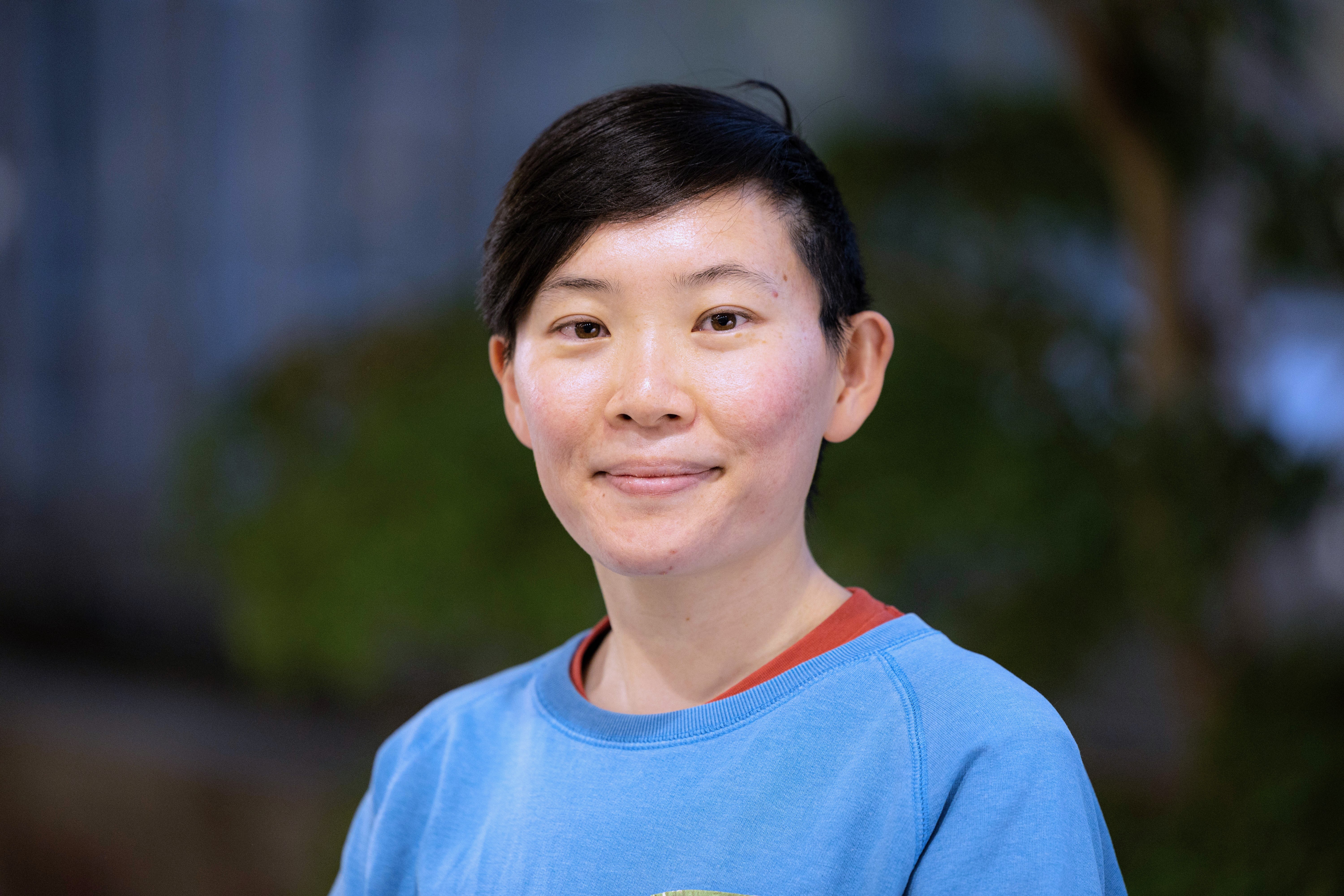Data for Circular Cities: The Case of Circular Timber Hubs in Amsterdam
What is the role of space int he transition to a circular economy? In this video, Tanya explains the importance of data, but also the need to further elaborate and translate this data before making any decisions.
Main Takeaways
-
Over the past decade, spatial data on materials have become increasingly available, especially for the built environment. All this data can be used by governments or large companies to make spatial planning decisions for the circular transition.
- The Amsterdam case of establishing circular construction hubs represents an example of how data can lead to valuable insights. However, qualitative analysis of spatial data is a necessary step to making informed decisions.
Further Reading
- The AMS Research in full: Spatial optimization of circular timber hubs
- You can find Tanya’s PhD dissertation here: Spatial approaches to a circular economy
